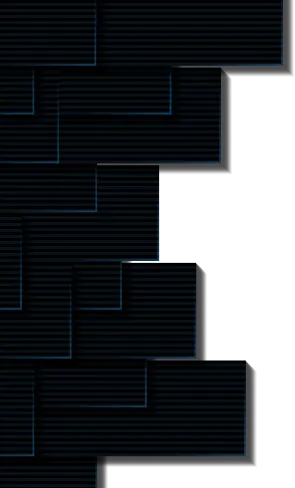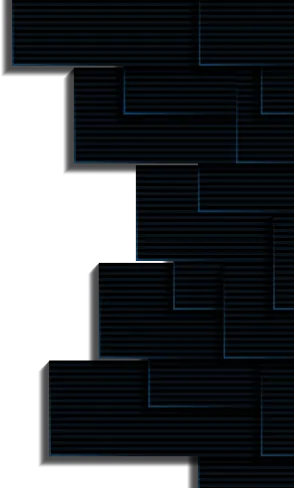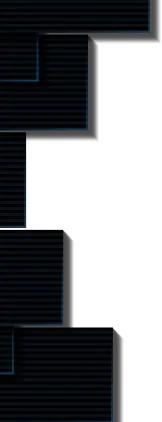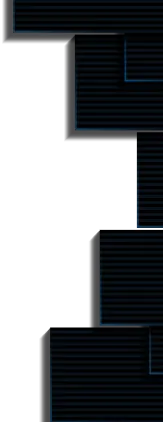Near — A Usability First Blockchain that Prioritizes Developers
Author: Kaushal

Near is a smart contract based PoS blockchain network akin to Ethereum. It prioritizes developers and user-friendliness.
$NEAR is the native token for Near, which is used as a medium of exchange in transaction fees and storage on the NEAR platform. Holders can also stake $NEAR and become validators to verify transactions in the block.
Unlike other blockchain networks, instead of using alphanumeric public key addresses, NEAR's wallets have human-understandable account names as their public keys.
NEAR's History
NEAR started as a machine learning project under the banner NEAR.ai. The founders, Illia Polosukhin and Alexander Skidanov wanted to explore program synthesis via AI. The two masterminds behind NEAR have developers' experience in big tech giants: Alexander Skidanov was a software developer at Microsoft, and Illia Polosukhin was an engineer manager at Google.
The NEAR protocol is overseen by NEAR Inc, a software company based out of San Francisco, California, whose development is operated by its nonprofit subsidiary, NEAR Foundation, based out of Switzerland.
Among the developer's circle, NEAR Inc is famously known for its whiteboard series on YouTube, where they invite other prominent developers from mainstream blockchains to explain the technology behind their blockchain.
The company has already organized several conferences on artificial intelligence, neural networks, and blockchains across the globe. In 2017, it attracted over 50 speakers, including Vitalik Buterin (Ethereum Founder), Jeff Garzik (CEO and co-founder of Bloq), and Nick Szabo (computer scientist and cryptographer).
NEAR raised $50 million in funding from Y combinator in the first four months of their launch, even without a tangible product.
What sets NEAR apart?
NEAR wants to be the next-gen platform for DApps. Towards it, it has tackled some of the widely faced issues looming in the crypto space and some that have popped up recently.
For instance, it has solved Ethereum's scalability issue. The network can process around 100,000 transactions per second with very low latency in transfer confirmation; the finality is near-instant because of the 1-second block cadence. According to the developers, the transaction fees on the NEAR protocol are almost negligible when stacked up against Ethereum by orders of magnitude—around 10,000x lower.
Though NEAR's technological edge of achieving high scalability arguably makes it one of the best choices for developers to deploy their DApps, it is also trying to become a home base for the non-techies.
With its Common Sense Onboarding program, NEAR intends to bring more people into crypto and blockchain. Users can access NEAR-based DApps with the experience they are already used to on other prominent chains. This beginner friendliness allows developers to reach a broader range of newer audiences while simultaneously serving the crypto-natives.
NEAR developers get a wide range of modular components to help build their projects and get them quickly off the ground. They are provided with the implementation of NFTs, token contracts, faucets, guest books, and more. A full range of examples and their code is available on the official NEAR Github repo.
How does the NEAR Protocol work?
NEAR Protocol is a smart-contract-enabled public blockchain that uses a delegated-Proof-of-Stake (d-PoS) as its consensus mechanism.

Similar to Ethereum 2.0 and Cardano, NEAR has a base layer blockchain allowing other blockchains to connect to its as shards.
NEAR uses a unique technology to achieve its throughput of 100,000 transactions per second. This scaling solution lets individual sets of validators validate transactions in parallel with other validators across multiple sharded chains to improve the overall transaction capacity of the network. Other blockchains use a slightly varying sharding mechanism where each shard creates a fraction of the next block called a chunk.
NEAR is also developer-centric. It offers developers a powerful toolkit to create the next generation of decentralized applications on top of it. Since NEAR has a contract-based account model, developers can build DApps that can sign transactions in the name of users, allowing them to settle agreements without the user being physically present in front of their device to oversee or confirm transactions.
The Nightshade sharding
Sharding is a blockchain scaling technique that allows each validator node to store a small portion of the entire network's data.
The Nightshade sharding mechanism allows the NEAR protocol to keep a single chain of data while distributing the computation required to maintain this data into smaller subsets called "chunks.". The validator nodes in the network process the data and add the relevant information to the main chain.
One of the upsides of using Nightshade is that the architecture allows for very few points of failure as far as security is concerned because only participating nodes are responsible for maintaining their small portion of the "blockchain."

The Rainbow bridge
The NEAR protocol's Rainbow bridge allows users to bridge their assets from Ethereum to NEAR or vice versa. To transfer the tokens interchain, a user must first deposit them in the smart contract. The tokens then get locked, and the user gets the Ethereum representation of NEAR or NEAR picture of ETH based on the trade.
And since the original assets are locked with the smart contract, user can redeem their original tokens whenever they wish to.
Aurora
Aurora is an Ethereum-forked layer 2 scaling solution to NEAR. It's been deployed in the NEAR protocol to bring Ethereum-based DApps onto NEAR's network.
Built using Ethereum's coding technology, i.e., Ethereum Virtual Machine, Aurora includes a cross-chain bridge for DApps enabling developers to deploy their Ethereum smart contracts effortlessly on NEAR.

Aurora allows developers to leverage the NEAR protocol's low fees and high throughput network while benefitting from the familiarity and ease of Ethereum-based applications.
DApp Ecosystem of NEAR
Mintbase
Mintbase is a place to create NEAR-based nonfungible tokens, which can vary from digital artwork to ticket or pass to an event. Besides allowing the users to mint, the platform also will enable them to list the tokens for sale via the NEAR NFT marketplace or the ones like on the NEAR protocol.
The platform allows managing the smart contract to limit token transferability. Simply put, the tokens are safeguarded to be used in illegal and fraudulent trades.
Mintbase was initially created for Ethereum but was ported over to NEAR due to Ethereum's infamous high gas issue resulting from heavy load and low throughput.
Paras
Paras is a unique applicatoin. Consider it a marketplace that eases a collector's work to ensure that their collectibles do not wear out over time. It facilitates the validation and exchange of vintage collectibles and validates the ownership of a collectible using the NEAR protocol. Both artists and collectors have free access to Paras.
NPunks
Like Solana and other blockchains have the derivate of the famed NFTs collection CryptoPunks on their ecosystem, NEAR has the same scenario. NEAR's NPunks, similar to the original Punk's collection, has 10,000 unique profile pic NFTs, each with rare features and traits.
Buyers can sell their NPunk in the secondary market.
THE $NEAR token
$NEAR is the native cryptocurrency of the NEAR protocol. It's used across the ecosystem to reward the nodes for their contribution to the network and enable transactions on the NEAR smart contracts.
As a community-centric protocol, the token holders can participate in the on-chain governance through voting or delegate their role to a validator to vote on their behalf.
Discussion regarding the development and marketing of NEAR products and the ecosystem occur inside the governance forum. Users can also propose their suggestions to the NEP or NEAR Enhancement Proposal repository through Github.
The NEAR protocol created 1 billion NEAR tokens at its inception. The tokens were allocated to investors regularly until the rollout of NEAR's mainnet in April 2022.
The first private sale happened during the Q3 of 2017, which NEAR announced as a part of the initial venture round. The NEAR protocol offered 21.6 million tokens at $0.00375 per token, raising upwards of $800,000
The community sale, or the public token sale, happened in August 2020 that distributed over 120 million tokens.
The NEAR protocol burns 70% of all the transaction fees. The other 30% of the transaction fee goes back to the smart contracts that generated that transaction fee. Therefore, as the protocol always needs to mint new tokens to reward the validators, the inflation could be less than 5% but can vary depending on the network's activity.
Activity on NEAR and its future
Since most DApps activity happens at Ethereum, the launch of the Ethereum-NEAR Rainbow bridge has made it easy for those looking for Ethereum's alternative. The availability of the bridge and the EVM chain on NEAR will lead more developers to port over their DeFi, NFTs, and GameFi applications. Plus, the EVM compatibility on NEAR allows DApps to migrate from Ethereum with a few tweaks.
The NEAR team recently announced NEAR Pay, a suite of debit cards and a mobile app that allows people to make instantaneous payments using their favorite cryptocurrency, including $NEAR.
With the NEAR Protocol team recently raising a $350 million funding round and soon launching a NEAR-native USD-pegged stablecoin, USN, the credibility of the $NEAR token in the eyes of institutional and retail investors will go up!





Subscribe to receive Alpha!
Join 4.3k subscribers from renowned companies worldwide and get a weekly update in your inbox. Stay updated on the latest and finest projects and product updates.

